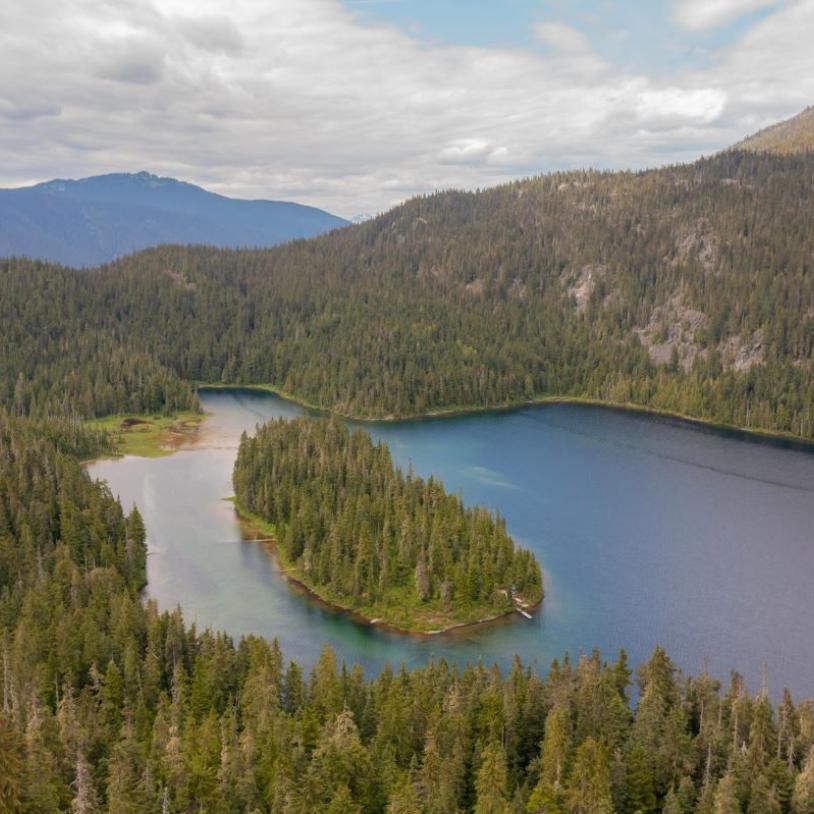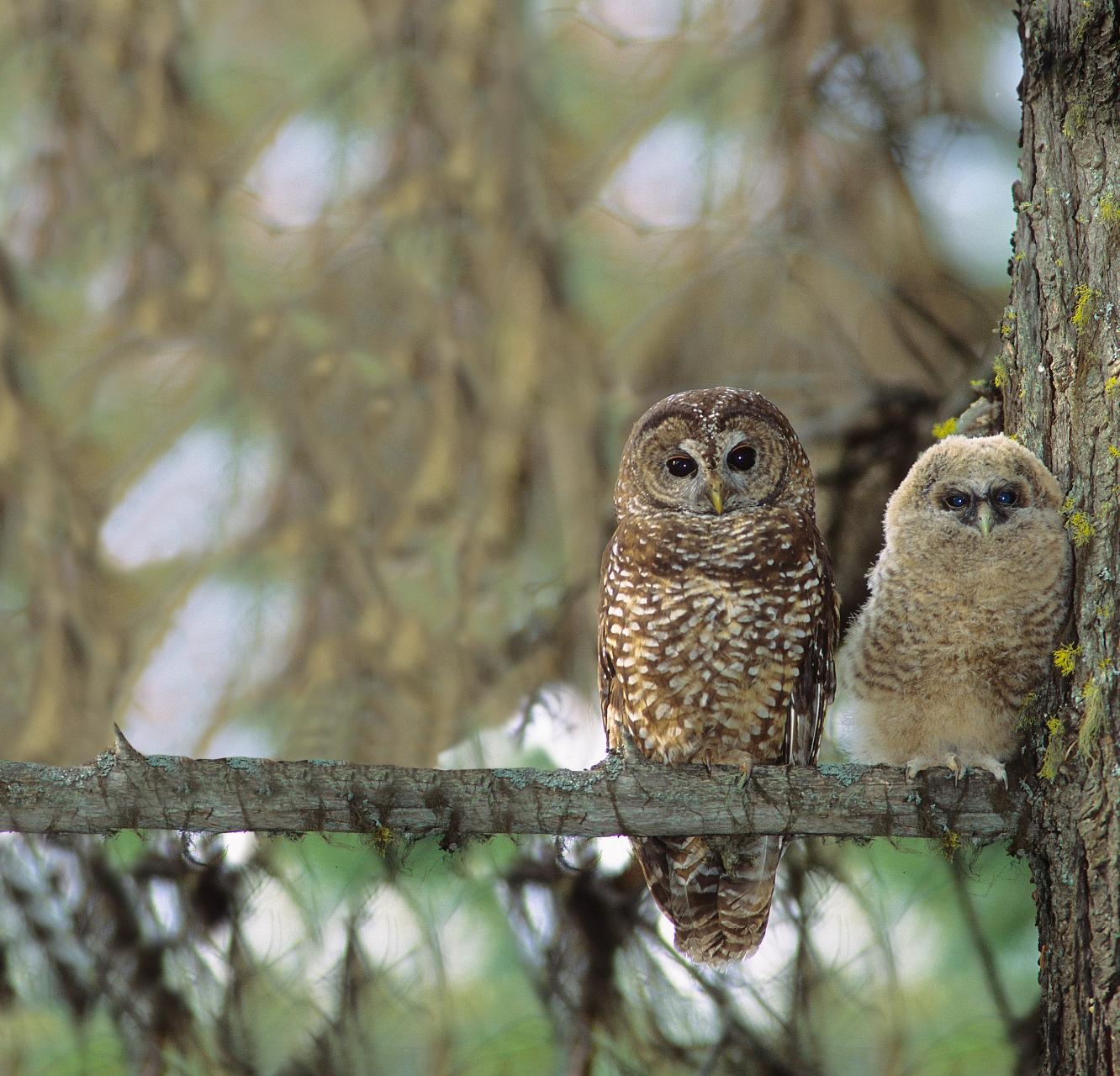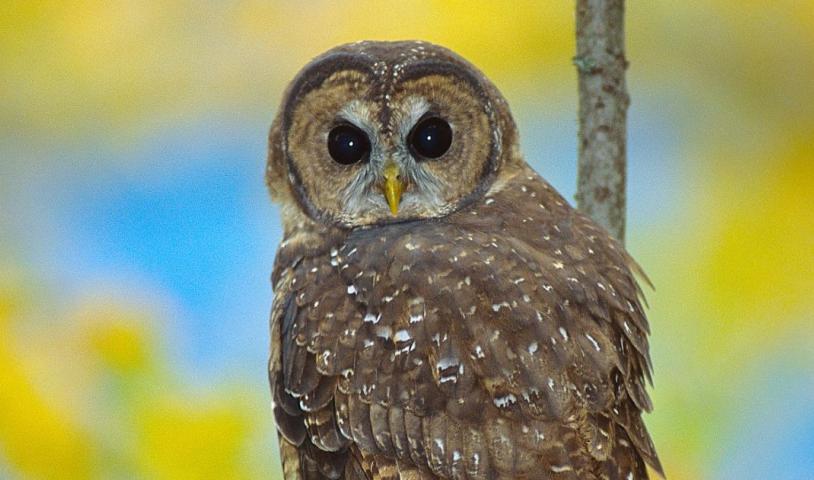Endangered northern spotted owl born in captivity in Langley
Tuesday, June 26, 2012
METRO VANCOUVER -- A captive pair of northern spotted owls has successfully given birth to a male owlet — for the first time with help from an artificial incubator.
The human-assisted birth offers a flicker of hope for the endangered owls, which have suffered over the years from habitat loss and fragmentation due to logging of old-growth forests.
Just 13 individuals are in captivity at Mountain View Conservation and Breeding Centre in Langley plus an estimated 10 in the wild in southwestern B.C., down from estimates of 500 pairs before European settlement.
After two years without a single birth in the captive-breeding program, the ministry of environment and Mountain View conducted an experiment this spring by taking three eggs from different breeding females about a week after they were laid and put them in an incubator.
One of the eggs resulted in the successful birth of a male owlet, which was hand-fed tiny portions of mice for 10 days before being returned to his mother. The other two hatched out, but neither survived.
The mother of the successful hatch originally laid two eggs, one of which did not succeed. She went on to produce a second batch of eggs, known as double-clutching.
"To our surprise, she produced four eggs," Ian Blackburn, the province's spotted owl recovery coordinator, said in an interview. "We were quite excited by that."
The second batch of eggs failed because of bacterial infection.
In total, five breeding female owls at Mountain View produced a total of six fertile and four infertile eggs this spring — but just the one successful birth.
Blackburn said that incubation will be expanded next year to help boost the number of owls in the program and pave the way for the eventual release of owls back into the wild.
"The idea is to optimize the production and survivability of the captive population," he said. "Artificial incubation seems to provide the greatest success."
As part of the program, officials are also reducing the number of barred owls, which compete for prey and territory, in areas where spotted owls are known to live in the wild, including the Fraser Canyon, Hope-Skagit area, and Stein Valley.
Since 2007, 36 barred owls have been shot and another 56 captured and relocated. Barred owls are not a species at risk.
The province's policy is also to capture juvenile spotted owls in the wild and incorporate them into the captive-breeding program.
In a North American first, two pairs of spotted owls successfully hatched young at Mountain View in 2009 and 2008.
Joe Foy of the Wilderness Committee called for an immediate end to cutting of old-growth forests in spotted owl areas, noting that logging continues even in officially designated "wildlife habitat areas" such as near the entrance to Chilliwack Lake Provincial Park.
"The good-hearted hard-working biologists are free to do their work away from the forests, as long as they don't get in the way of the chainsaws," he said. "It makes you wonder, if they're successful in breeding these owls, where will they live?"
This article also appeared in the Langley Advance on June 28, 2012.





